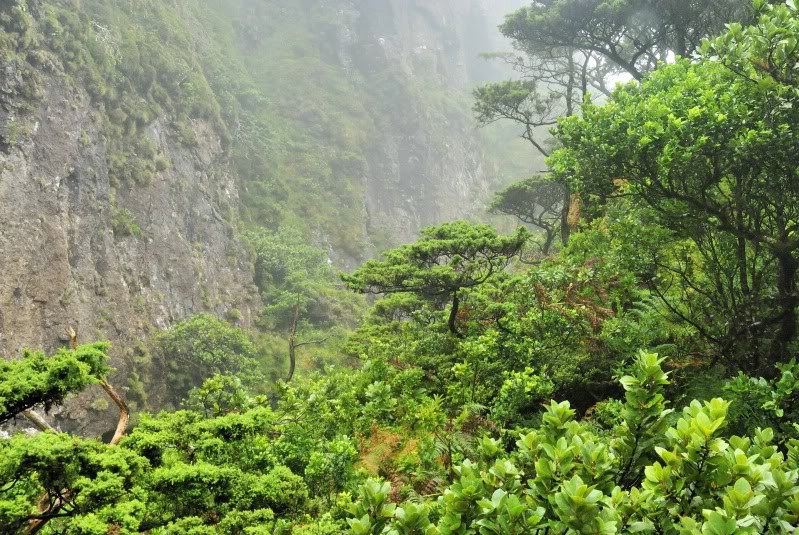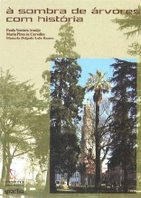Floresta de nuvens
What are here called the Gods might almost alternatively be called the Day-Dreams. To compare them to dreams is not to deny that dreams can come true. To compare them to traveller's tales is not to deny that they may be true tales, or at least truthful tales. In truth they are the sort of tales the traveller tells to himself. All this mythological business belongs to the poetical part of men. It seems strangely forgotten nowadays that a myth is a work of imagination and therefore a work of art. It needs a poet to make it.
The point of the puzzle is this: that all this vagueness and variation arise from the fact that the whole thing began in fancy and in dreaming; and that there are no rules of architecture for a castle in the clouds. The crux and crisis is that man found it natural to worship; even natural to worship unnatural things. The posture of the idol might be stiff and strange; but the gesture of the worshipper was generous and beautiful. He not only felt freer when he bent; he actually felt taller when he bowed. We therefore feel throughout the whole of paganism a curious double feeling of trust and distrust. There seems a disproportion between the priest and the altar or between the altar and the god. The priest seems more solemn and almost more sacred than the god.
We know the meaning of all the myths. We know the last secret revealed to the perfect initiate. And it is not the voice of a priest or a prophet saying 'These things are.' It is the voice of a dreamer and an idealist crying, 'Why cannot these things be?'
G.K. Chesterton, Man and Mythologies (The Everlasting Man, 1925)






Sem comentários :
Enviar um comentário